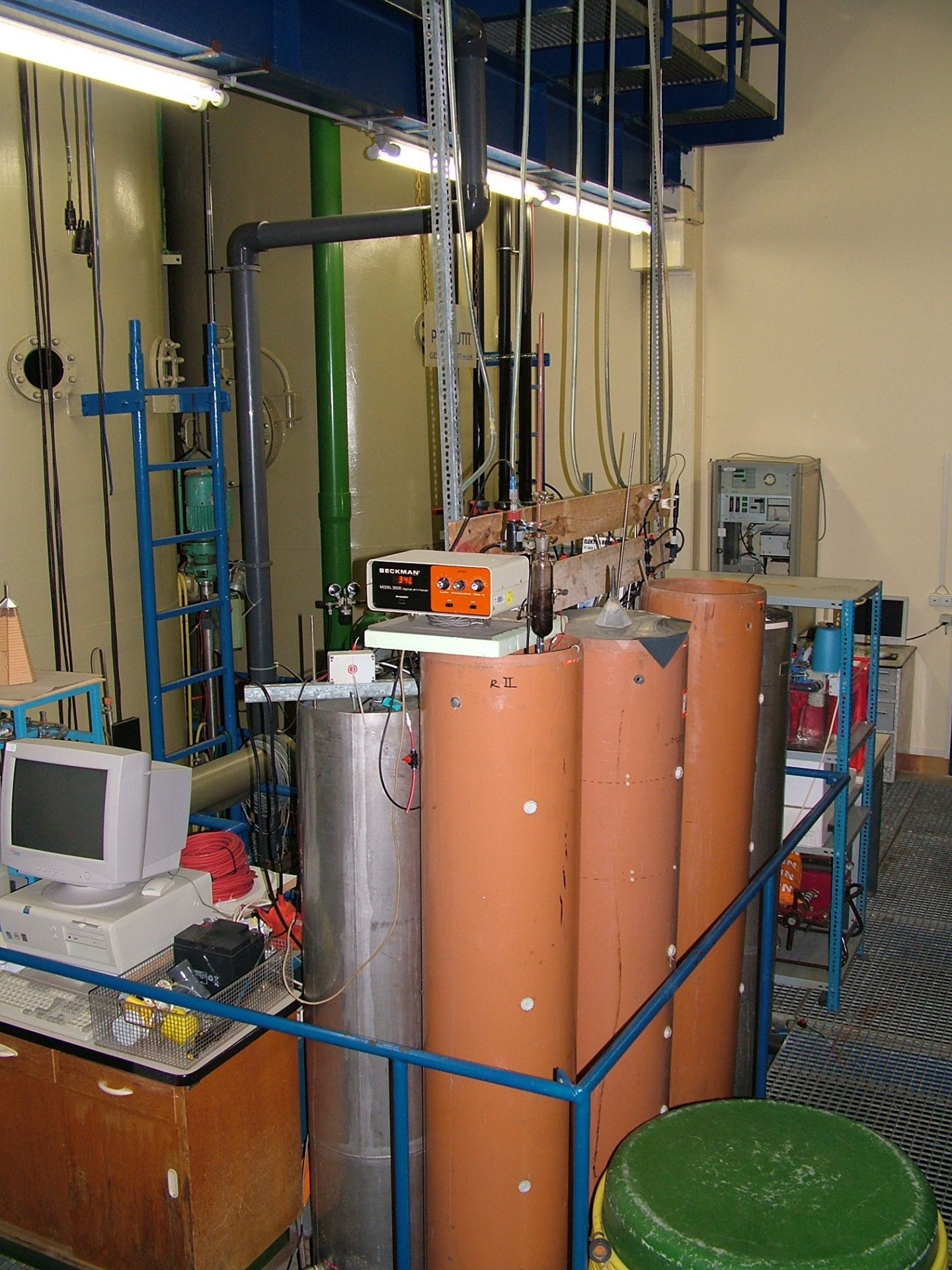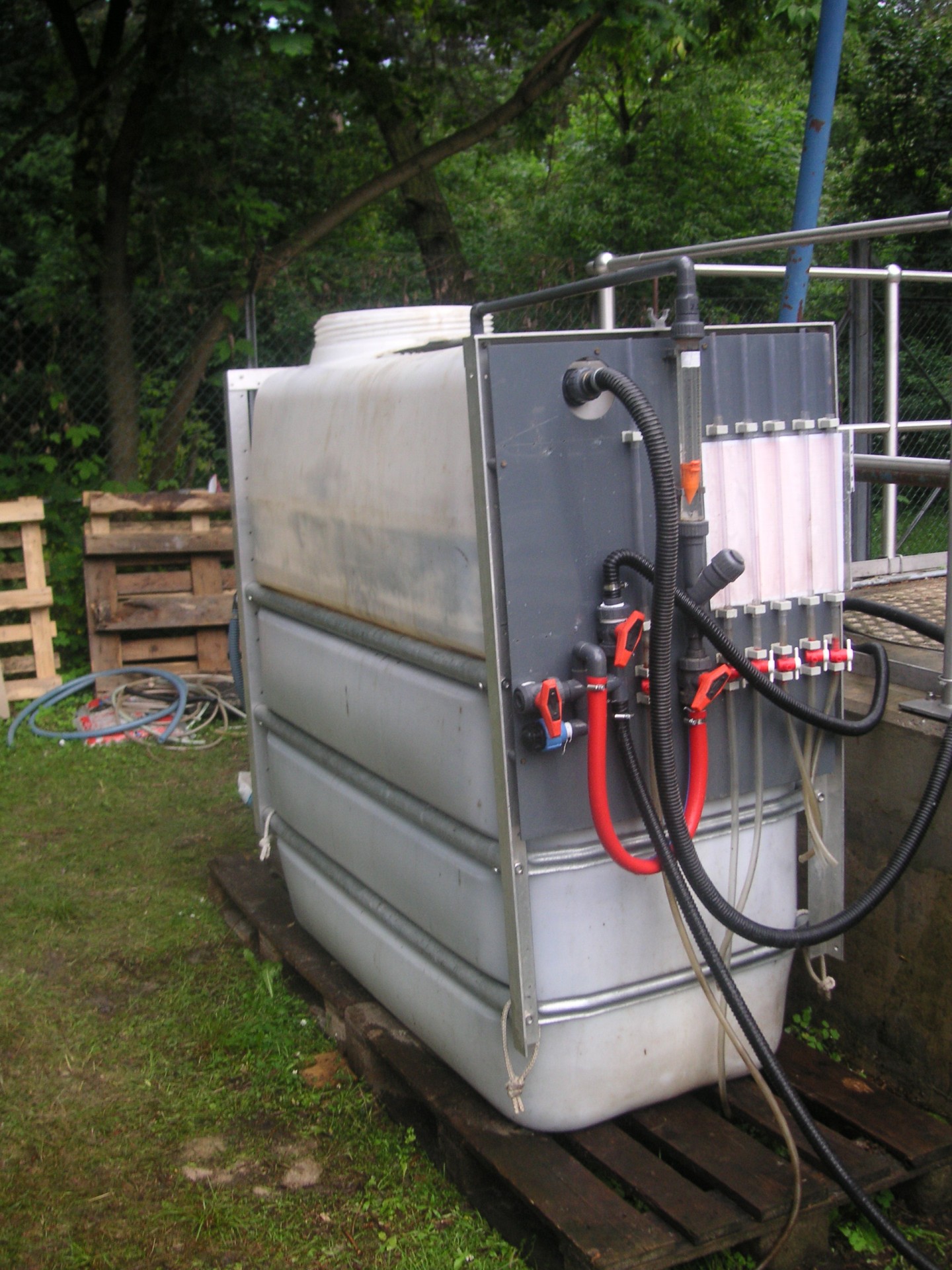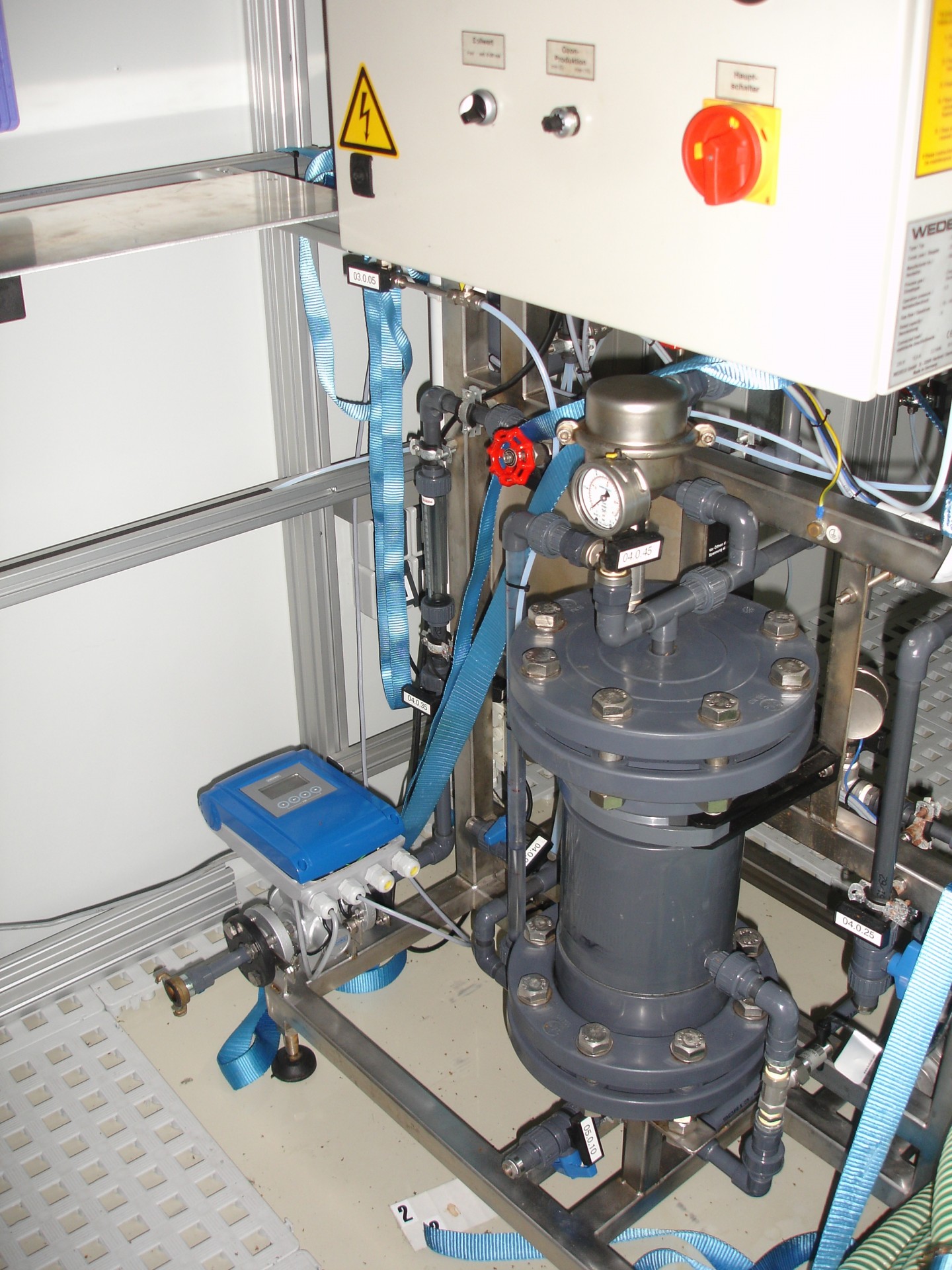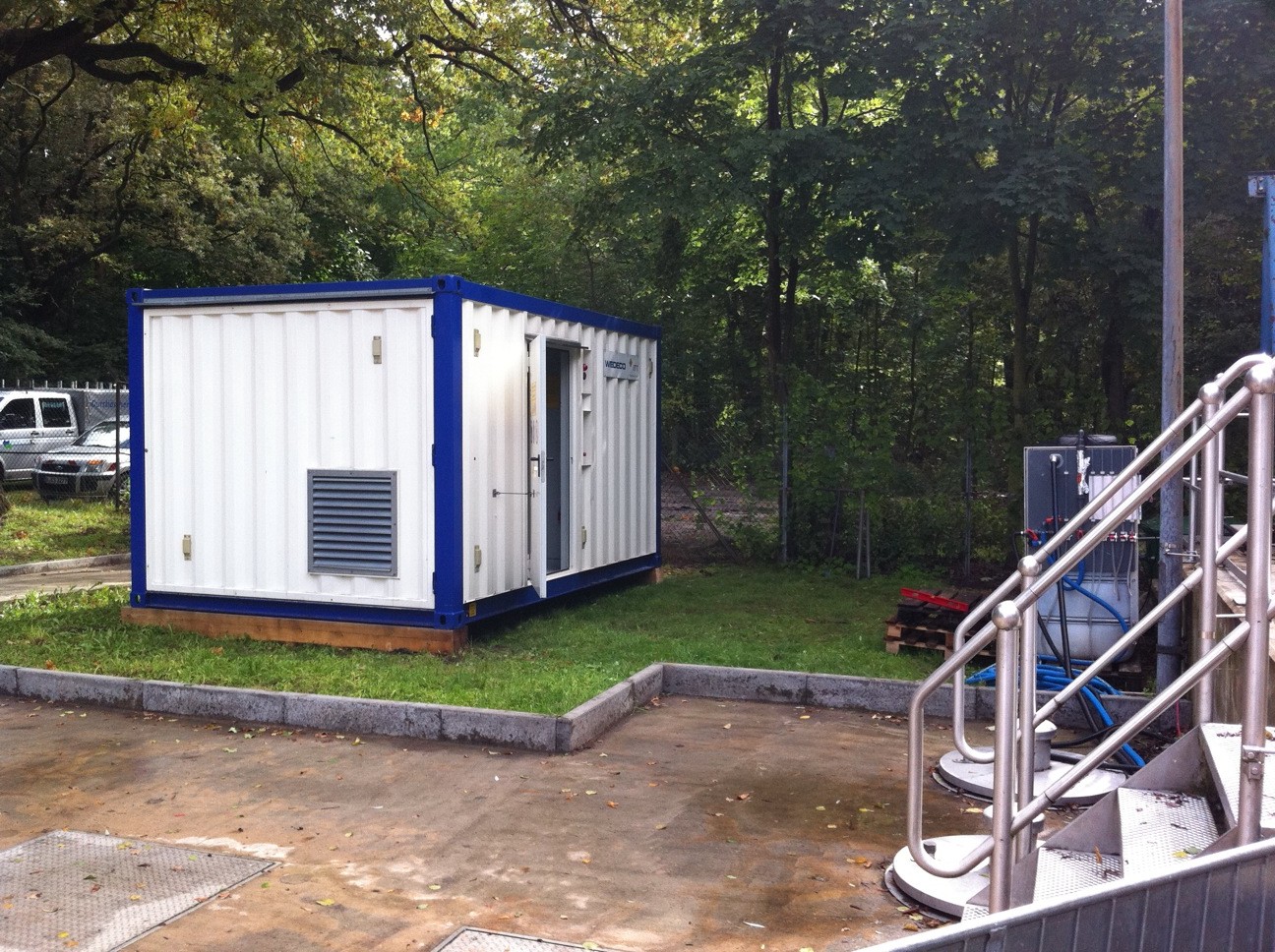Oxidation and Infiltration for Optimised Substance Removal
Underground passage as utilised during river bank filtration and artificial groundwater recharge has been proven to be an effective barrier for multiple substances present in surface waters during drinking water production. Additionally it is widely used as polishing step after wastewater treatment. However, there are limitations concerning the removal of DOC and specific trace organics. The proposed project aims at assessing possibilities to overcome these limitations by combining underground passage and advanced oxidation (e.g. ozonation) as pre- or post-treatment.
In the proposed first phase of the project, existing data on underground removal will be evaluated in order to identify substances that should be targeted in the investigations. Simultaneously different combinations of advanced oxidation and underground passage will be evaluated concerning potential removal efficiency and practical implementation on the basis of existing, published experiences and theoretical considerations.
The first phase additionally comprises laboratory column tests and semi-technical scale experiments in order to quantify removal for different settings under varying conditions.
The investigations shall lead to recommendations for the implementation of a combined system of underground passage and advanced oxidation in a pilot plant that will be carried out in the 2nd phase of the project.


- Substances to be Targeted in Laboratory and Technical Scale Experiments Project OXIRED, Deliverable 1.1a - Interim Report Phase 1
- DOC and Trace Organic removal via ozonation & underground passage - expected benefit and limitations
- Optimisation of organic compound removal in artificial recharge systems by redox control and enhanced oxidation








